Unrestorable: 1978 Checker New York Yellow cab
“Janie” was the last Checker licensed in New York City, and its history is verified by every dent, scratch, upholstery tear and rust bubble
Yellow Checker cabs are an iconic part of New York City’s history. Their appearance instantly placed any movie, like Audrey Hepburn in Breakfast at Tiffany’s or Robert De Niro in Taxi Driver – just as red double-decker buses and black cabs identify London.
Between 1922 and 1982, the Checker Motors Corp. of Kalamazoo, Mich., built more than 250,000 of the burly workhorses, many of which clocked up more than one million miles of rough trade on potholed streets.
The final Checker model was the A9, introduced in 1960 and little changed until the last model rolled off the production line 22 years later. Outside of big aluminum bumpers to reduce crash damage in 1975, the body panels, window glass and mechanical construction remained stuck in 1960, which at least simplified repairs.
A hefty X-frame carried a Chevrolet OHV V-8 or 6-cylinder engine from 1964, while the front suspension was independent, with leaf springs at the rear. The Checker could turn in 20 feet, the wheelbase was 120 inches, and the spacious 16.5-foot cab could carry six passengers – eight with jump seats.
Marketplace
Buy and sell classics with confidence
Checker also offered a fancier civilian Marathon sedan, as well as nine and 12-passenger Aerobuses for airports. But personal sedan sales never totaled more than 8000 sales a year and 90 percent of all Checkers were taxis. They led hard lives, and few outlasted commercial service.
All of which presents a problem for collectors. While you could repaint and redecorate a Marathon sedan as a cab, it would be as phony as police cruiser replicated from a Plain Jane sedan. Part of a commercial vehicle’s history is that it wears its scars proudly.
“Janie” is a good case in point. The very last Checker licensed in New York City, Janie was driven by owner-operator Earl Johnson from 1978 until July 26, 1999, when she was retired by the Taxi and Limousine Commission at a celebration in Times Square. In 21 years, Johnson told the New York Times, he had carried such luminaries as Muhammad Ali, Jacqueline Onassis, and Walter Cronkite. He also noted that he had replaced the 3.8-liter V-6 engine three times in almost one million miles.
In December 1999 “Janie” was sold at a Sotheby’s Auction in “as retired” condition for $134,500, leaving collectors scratching their heads. However any subsequent sales spike soon evaporated, and when Janie appeared next at a Christie’s sale in June 2006, she changed hands for a more reasonable $9,400.
Not surprisingly perhaps, the next owner discovered that “Janie” was far older than her years and $12,000 was rapidly absorbed in a 2013 mechanical rebuild. Repairs included new steering, brakes, fuel lines, water pump, heater, alternator and a new wiring harness, so the taxi meter and lights could operate once again. The sales result at Bonhams’ Greenwich Connecticut sale in 2015 was a modest $7,700. One auction reporter noted that paint overspray was obvious, rust bubbles were becoming rust holes, trim was taped on in places, bondo filler patches were visible and the interior was charmingly distressed.
But what remains inescapable is the historical significance of this 20th century icon. If it didn’t show its battle scars, it wouldn’t have the inescapable verisimilitude. As the past owner of a 1958 Austin FX3 London taxi (now in Tokyo) I still recall the unforgettable smell of the leather interior, the period advertising posters, and the pounds-shillings-and-pence taximeter (which worked).
I used to wonder about the thousands of people who had ridden in the cab in the 750,000 miles it had covered in 10 years’ service. How many swains proposed marriage, how many babies were born on the way to the hospital, how many couples had the last fight before divorce, how many philanderers were caught cheating, and how many crooks took their last ride to court as free men?
Historic artifacts have their own individual aura, and you can’t put a price on that.

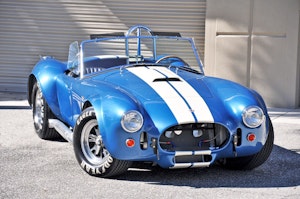

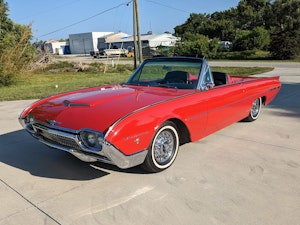
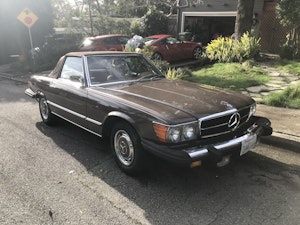
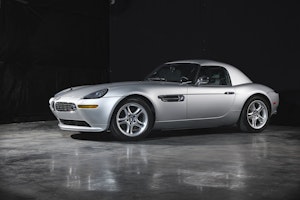
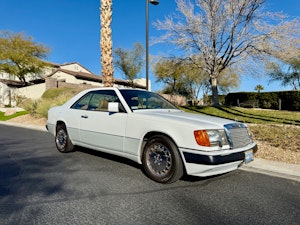
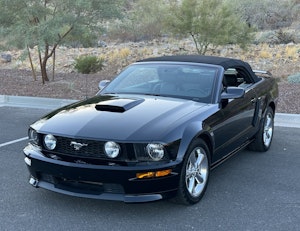
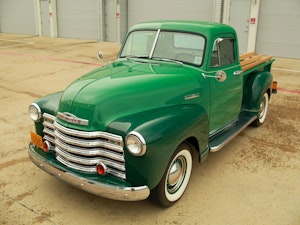





If he drove it since 1978, it did not come with a 3.8 liter V6, it came with a 4.1 liter inline six.